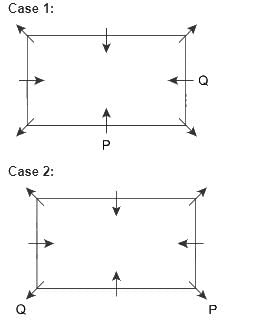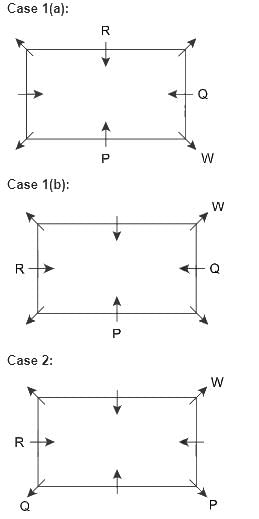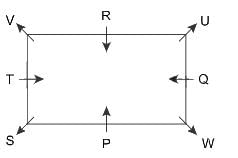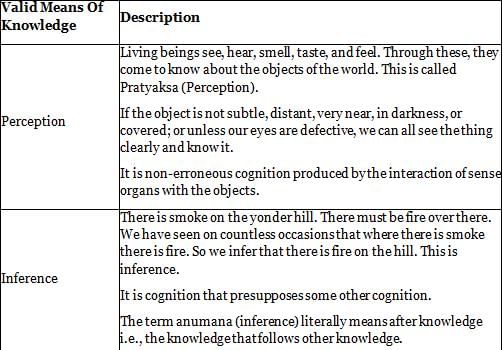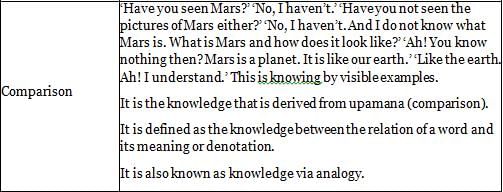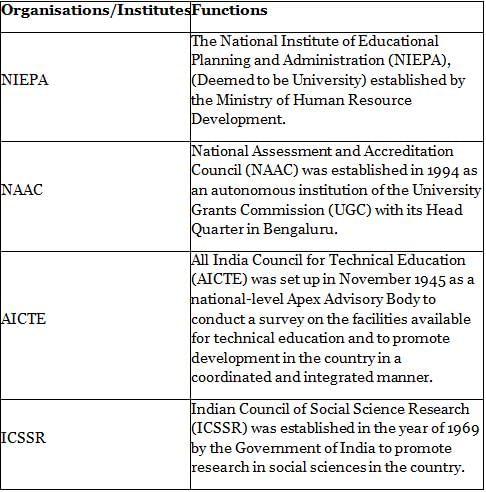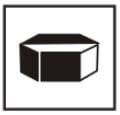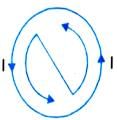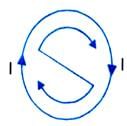Kerala SET Paper 1 Mock Test - 4 - KTET MCQ
30 Questions MCQ Test Kerala SET Mock Test Series 2025 - Kerala SET Paper 1 Mock Test - 4
Which of the following are the fundamental duties of a citizen?
- Respect for the Constitution, the National Flag and the National Anthem
- To develop a scientific temper
- Respect for the Government
- To protect wildlife
Direction: Study the following information and answer the given questions carefully.
There are 8 persons, P, Q, R, S, T, U, V and W sitting around a rectangular table in such a way that four of them sit at four corners of the table while four sit in the middle of each of four sides. Persons who sit at the corners face outside the centre while those who sit in the middle of the side face inside.
Q sits second to the right of P. R sits third to the left of W. R faces inside. T sits third to the left of U. V sits second to the left of U. R is not an immediate neighbor of P.
Q. Four of the following five are alike in some manner hence belong to a group. Find the one that doesn’t belong to that group.
There are 8 persons, P, Q, R, S, T, U, V and W sitting around a rectangular table in such a way that four of them sit at four corners of the table while four sit in the middle of each of four sides. Persons who sit at the corners face outside the centre while those who sit in the middle of the side face inside.
Q sits second to the right of P. R sits third to the left of W. R faces inside. T sits third to the left of U. V sits second to the left of U. R is not an immediate neighbor of P.
Q. Four of the following five are alike in some manner hence belong to a group. Find the one that doesn’t belong to that group.
The chief characteristic features of the Neolithic culture are
1. Practice of agriculture
2. The technology of smelting metal ore
3. Domestication of animals
Select the correct answer using the codes.
Who became the first-ever Indian to win a men's singles trophy at a World Table Tennis (WTT) Feeder Series event in Beirut, Lebanon?
List I mentions the four valid means of knowledge as given by gotama while List II gives their description. Match List-I with List-II:
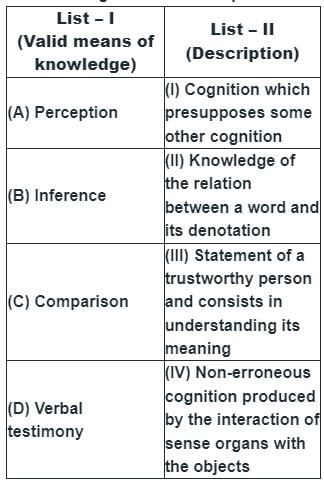
Choose the correct answer from the options given below:
What do democracies ensure regarding decision making?
Which of the following constitute pastoral communities of Africa ?
Which of the following is an example of proprietary system software?
Match List I with List II

Choose the correct answer from the options given below:
On converting 25°C, 38°C and 66°C to Kelvin scale, the correct sequence of temperature will be
Which organization has initiated legal action against OpenAI and Microsoft, alleging the unauthorized use of copyrighted content for training AI models, including ChatGPT?
If a Paper (Transparent Sheet ) is folded in a manner and a design or pattern is drawn. When unfolded this paper appears as given below in the answer figure. Choose the correct answer figure given below.
Which one of the four boxes given below is created by folding the given key design in the question figure?
Question Figure
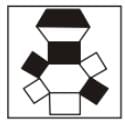
Answer Figure
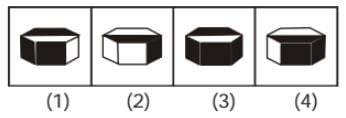
Which one of the following is not an effect of noise pollution?
Consider the following statements regarding the Harappan Civilization:
- The civilization had a sophisticated system of weights and measures based on the multiples of 16.
- The script of the Harappan Civilization has been fully deciphered and understood.
- More than 1500 Harappan sites have been discovered across the Indian subcontinent.
How many of the statements given above are correct?
Direction: Given below are two statements.
Statement I: Preadolescent children are unable to think abstractly or hypothetically.
Statement II: In the formal operational stage a child is able to use symbols related to abstract concepts.
In light of the above statements, choose the most appropriate answer from the options given below:
Which of the following statements is/are correct?
When is the International Day of Non-Violence celebrated?
How can the objectivity of the research be enhanced?
Which one of the following schools has not accepted anumana (inference) as a valid source of knowledge?
The acceleration of an object moving in a straight line can be determined from:
Direction: Study the following table chart carefully and answer the question given beside.
The following table represents the Maximum marks of five subjects and marks obtained by five students in five subjects.
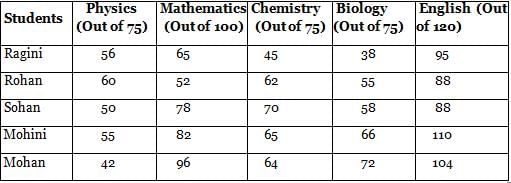
Q. Find the respective ratio of the marks obtained by all the students in Mathematics and marks obtained by all the students in Chemistry.
Which of the following statements is true in respect of computers?
Which of the following have the potential to trigger a tsunami?
1. Landslides
2. Volcanic eruptions
3. Glacial calving
4. Meteorite impact
When current flows clockwise in a loop, the polarity of its face is
Direction: Study the following line graphs and answer the given questions.
The graph shows the ratio of marks of History to Geography of 7 students in an examination.
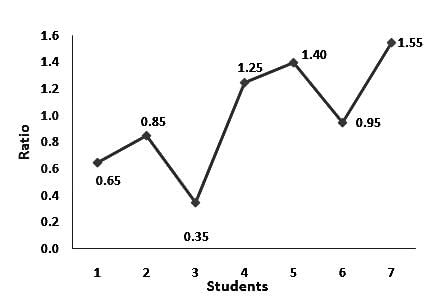
Q. Percentage increase of marks in Geography from student 3 to 4 is:
Directions: Study the given graph carefully to answer the question that follows.
Number of people (in thousands) using three different types of mobile services over the years.
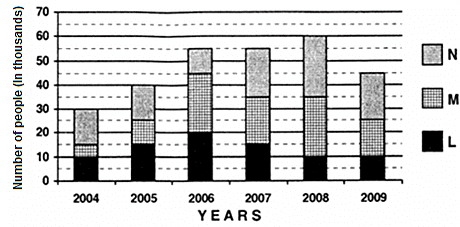
Q. The total number of people using all the three mobile services in the year 2007 is 'X' percent of the total number of people using all three mobile services in the year 2008. Find the value of 'X'.
Which of the following methods is most suitable to teach heterogeneous group of students for self placed learning?


